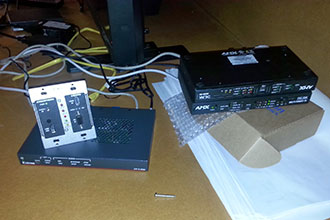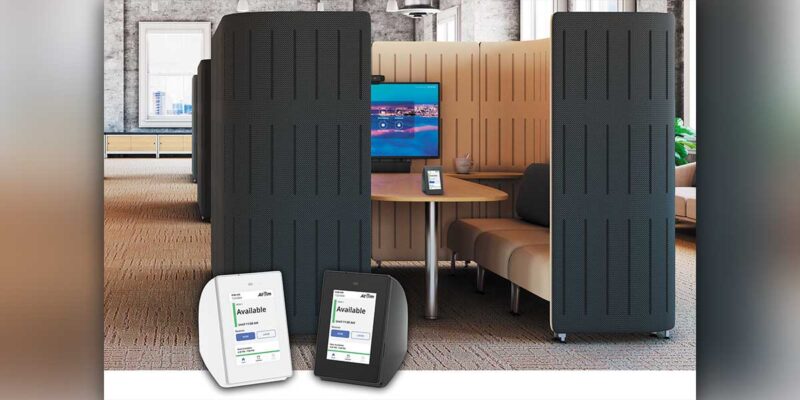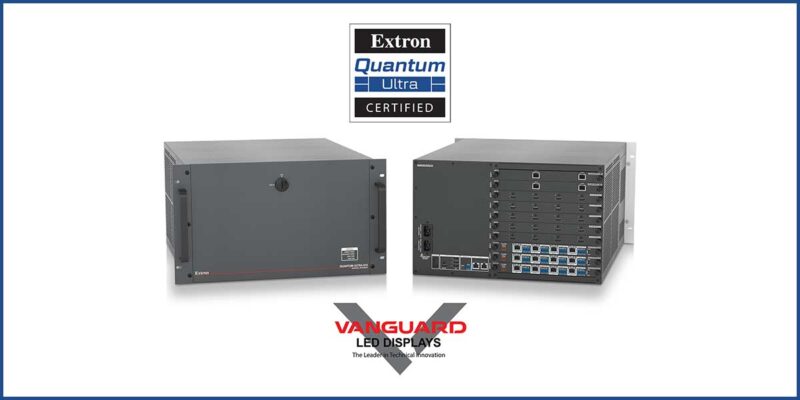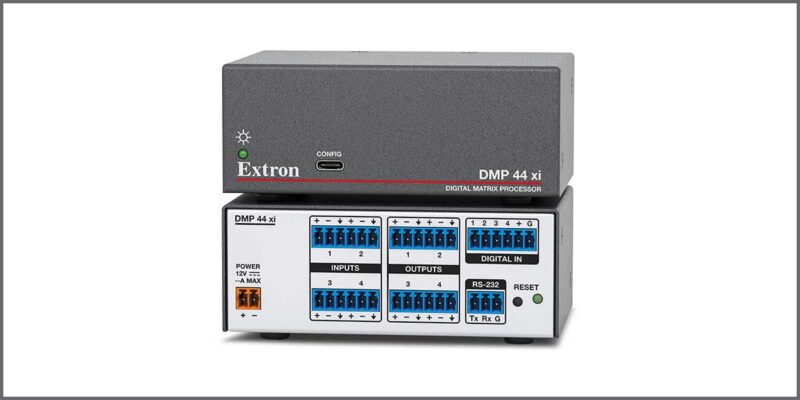HDBaseT Interoperability Follies
 Today I’d like to share a moment to discuss everyone’s favorite transport mechanism, HDBaseT.
Today I’d like to share a moment to discuss everyone’s favorite transport mechanism, HDBaseT.
For those not in the know, the HDBaseT alliance have defined HDBaseT as a technology for transport of video, audio, power, Ethernet and control over standard category cable. As a point-to-point (as opposed to routable) signals, HDBaseT cannot be routed with standard network switches. With offerings branded by major tech manufacturers (e.g., Crestron’s DigitalMedia and AMX Enova), it has become a de facto standard for commercial systems.
Or has it?
The idea of a “standard” is that it should be manufacturer-agnostic. The HDMI output on a Sony Blu-ray player, for example, will work on the input of a Sharp LCD panel as well as it would on a Sony. Is that the case with HDBaseT? Is it, in other words, really a “standard”? The HDBaseT website does boast, in a large banner, that it is “The standard of the future,” but the remainder of their text is much more cautious, referring to HDBaseT “technology” or “specifications,” Can one grab an HDBaseT transmitter from one manufacturer and receiver from another and expect them to work together? In an ideal world, the answer would be yes. Those of us who have wrestled with HDCP, EDID or other HDMI-inspired headaches knows one thing for sure: this is not an ideal world.
For the sake of my own curiosity I tried a little experiment. I had access to transmitters from three major manufacturers: Crestron DigitalMedia, AMX DXLink and Extron XTP. The latter is not, to the best of my knowledge, HDBaseT certified, so I’d not expect interoperability from it. The others are, so I would. Is that what happened? Not quite.
The AMX receiver gave me a “green screen of doom” when I tried to connect the Crestron or Extron transmitter to it. This is apparently an HDCP handshake error (as opposed to HDCP noncompliance, which would give a red screen of doom — doom is the consistent part). This possibly has to do with how AMX handles HDCP authentication, which treats the receiver as a source rather than a repeater. This is nifty in that it bypasses the key limit in some sources (in other words you can run a single Blu-ray player to as many displays as you have outputs for, regardless of its key limit), but might make the receiver more picky in what it looks for from the source side.
This was a fairly disappointing result in that it left the non-HDBaseT certified Extron XTP as my only other receiver. IT might not be “certified,” but it does use the same technology as HDBaseT transport solutions. Somewhat to my surprise the Crestron and AMX transmitters both sent HDCP protected content to the Extron XTP receiver. So much for certification.
What does this mean in practical terms? Not all that much. What it highlights is just how similar these devices are. Even in terms of form-factor you get a great deal of similarity between product lines; everyone has a standalone receiver about an inch or so deep to fit behind a flat panel (or in a wall box), a similarly shaped standalone transmitter, a two-gang wall-mount transmitter, and modular matrix frames sized from 8×8 up to 32×32 or larger. There’s no real practical reason to step out of a single manufacturer’s ecosystem other than to prove that you can. Now that we’ve done so, even that is gone.
So how does one choose? We’re the same place we were back when we did “Switcher Wars” last year. Do you need Crestron’s full audio and USB breakaway? AMX’s smaller form-factor and better energy efficiency? Does an end-user with limited programming expertise want to be able to make equipment substitutions and other programming changes through Extron’s Global Configurator or AMX’s Rapid Project Maker? Is there an existing implementation of a remote-control and asset management system (Crestron Fusion, AMX RMS, Extron Global Viewer) into which you’d like your new system to tie? We’ve reached a point at which not only are the differences more subtle, but many of them won’t even appear on a spec sheet.
The real take away here — for those who didn’t realize it already — is confirmation that the technology is very much the same. In fact, it’s the same to the point that if one files off the serial numbers one would have a hard time even telling one apart from another. What this really means is that the best manufacturers aren’t just selling the technology; they’re selling a solution, including an ecosystem to fit around it and the thought they put in to some of the details that one might miss on a spec sheet.





